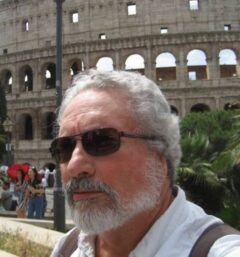I affixed my 26.2 decal to the rear window of my Jeep Liberty this morning. I've earned and have the right to advertise my entry into an elite club. Sunday's Lost Dutchman was my second attempt but my first success. The first attempt was Boston 1979. My training had been overzealous and my knees were giving me serious trouble; fearing permanent injury I dropped out at the top of Heartbreak Hill, 21.3 miles into it, with Boston a mere five miles downhill. (It was my first road race, I confess to running as a tag-along or a 'bandit' in today's parlance, I was young, I didn't know any better. Mea maxima culpa.)
How elite a club? Joe Henderson, who has been marathoning and writing about it since the late '60s, says it well:
If you really want to know where you stand, don't count how many runners finish ahead of you. Instead, turn around and look behind you. Look especially at the people you can't see: those who trained for a marathon and didn't reach the starting line . . . who race but not at this distance . . . who run but never race . . . who used to run but don't any more . . . who never ran and never will. [. . .] Being a marathoner make you one in a thousand Americans. Pat yourself on the back for doing something that 99.9 per cent of your countrymen or women couldn't or wouldn't do.
Don't call yourself slow, because you are not. You are fast enough to beat everyone who isn't in the race. (Marathon Training, 2nd ed. 2004, p. 10)
